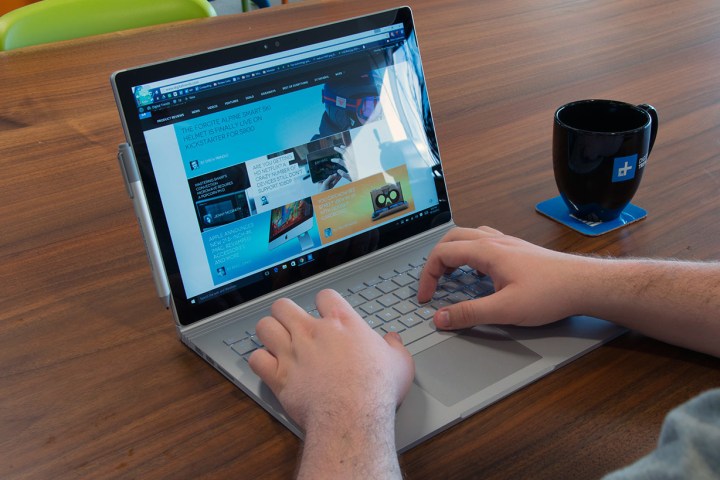
This isn’t the first set of drivers that Microsoft has released to resolve some nagging problems in the company’s latest 2-in-1s. Things were bad enough in December 2015 that Microsoft felt compelled to issue an apology to users for a “less-than-perfect experience.” Numerous firmware and driver versions have apparently rendered the machines more stable, if not yet perfect.
Today’s driver updates, therefore, aim to continue the progress, with battery life remaining the most common issue still to be resolved. Here’s a breakdown of what’s been updated for each Surface device.
First, the iPad-competitor Surface 3 received the fewest updates, aimed primarily at fixing modem performance issues. Surface 3 LTE versions received different updates for Windows 8.1 and Windows 10.
Next, the Surface Pro 4 received a fair number of new drivers. Most of the updates are aimed at resolving battery life issues, such as improving battery life and increasing stability when the machine changes from one power state to another. Pen pairing was improved, touch stability was addressed, and screen brightness when resumed from sleep was optimized.
Finally, the Surface Book received a similar set of updates as the Surface Pro 4. In addition to the same battery, touch, pen, and screen fixes, the Surface Book also received new drivers to optimize log file storage space management.
Go to Settings, then Update & Security, and click on the “Check for updates” button to receive today’s new drivers. You can also manually download and install the drivers for the Surface Pro 4, the Surface Book, and the Surface 3 Wi-Fi. For the Surface 3 LTE version, you’ll need the specific AT&T, non-AT&T, LTE outside of North America, and Verizon versions.


